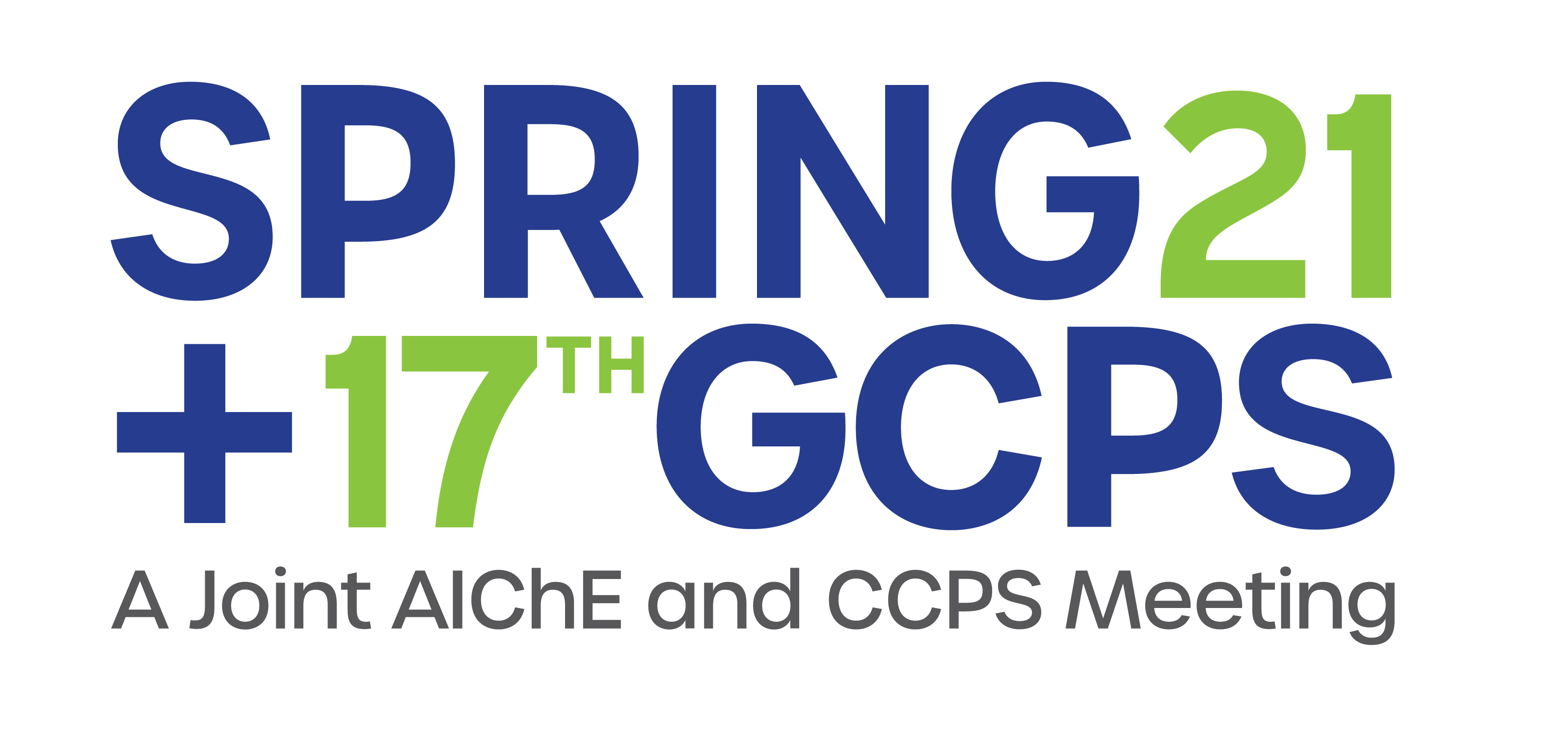

There is confusion in terminology used in the chemical-related industry for the class of procedures commonly referred to as Abnormal Mode of Operation and Abnormal situation management. This paper provides a clear definition of each mode of operation and gives examples of how the human performance is controlled for each.
- Normal – either a continuous mode or a normal batch mode of operation.
- Planned Non-routine (Non-Normal)– Startup, shutdown, are online maintenance are the main non-routine or non-normal modes of planned operation. But planned Temporary procedures, with time limits, are also part of these.
- Abnormal– These include those activities covered by generalize procedures or guides (planned in a general sense) the activities that don’t have written, step-by-step procedures (but noting that many companies have guides for most of these abnormal situations). A further breakdown is possible:
- Response to upsets using a Trouble-shooting Guides(TSG) for handling deviations from the operating window (these or normally triggered on an alarm); these may ultimately lead to a shutdown, safe park, or emergency shutdown (all of which are also proceduralized), if the deviation cannot be corrected in time.
- Response to failures using a Temporary procedure - such as how to run in bypass mode if the flow controller fails and you want to keep running in manual mode.
- Response to Unanticipated Events - The FIRST occurrence of this is handled by what is generally referred to as Emergency-MOC, which is really saying we will make a change immediately, and do the risk review of the change later, and then learn from this one case and proceduralize into a Temp Procedure or TSG for the next time it comes up.
- Emergency Operations- a diminished or reduced operating plan; normally a Temporary procedure (similar to 3.b. above)
- Emergency Shutdown - a TSG that fails to resolve the issue in time will go to this; or for some events such as a sudden loss of containment, we go straight to these
- Emergency Response- normally in conjunction with 4 or 5, but focused on the protection of people, assets, environment, given the release or other imminent harm is in play.
This paper will provide a framework to ensure no mode of operation is overlooked and it will help sites understand what is needed to control risk during each mode of operation. Most of the time in the paper and presentation will be focused on classification 3, Abnormal Mode of operation.
Presenter(s)
Once the content has been viewed and you have attested to it, you will be able to download and print a certificate for PDH credits.
If you have already viewed this content,
please click here
to login.
